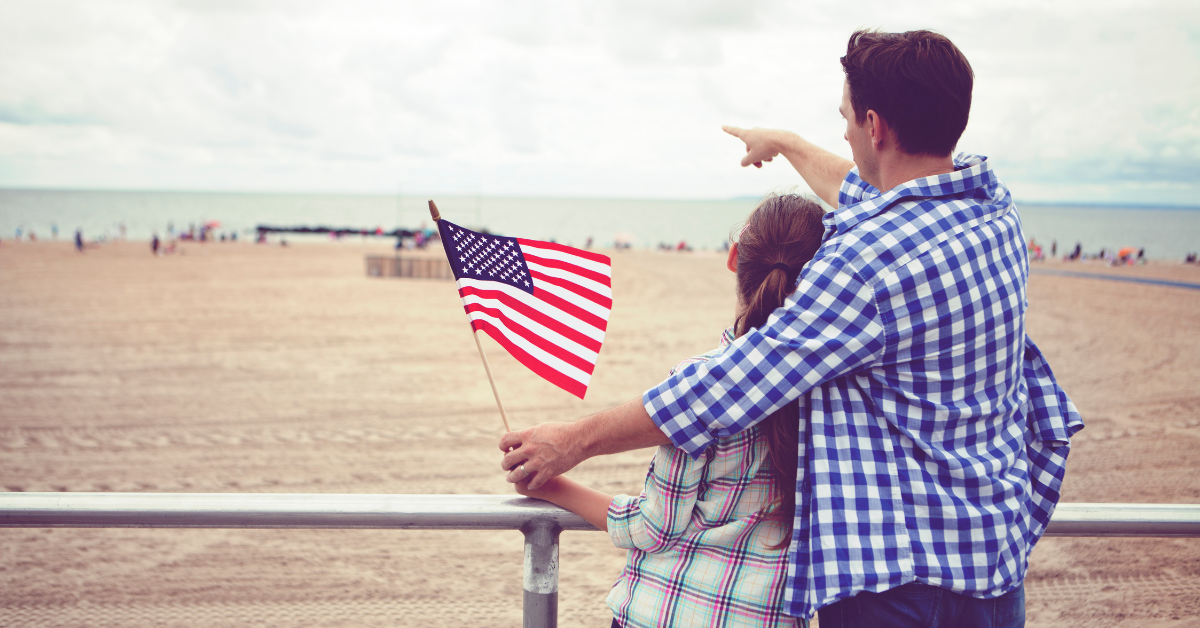Clint Eastwood’s Flags of Our Fathers depicts the iconic moment when U.S. Marines raised the Stars and Stripes on Iwo Jima. For Americans, this was a symbol of freedom and national pride, but for Japanese people, the same flag represented the painful memory of defeat. Understanding this contrast allows us to see how two nations interpret the same image in profoundly different ways.
The Gap Between Heroic Image and Harsh Reality
The central moment of the film is the raising of the flag on Mount Suribachi. For Americans, it was a moment of triumph that lifted the spirit of the nation. For Japanese people, however, it appeared as proof of defeat, reminding them of the loss of countless lives. While the film portrays the flag-raisers as national heroes, it also reveals that they carried deep trauma and sorrow. Japanese viewers sympathized with this contrast, focusing not on glory but on the reality of suffering hidden behind the heroic image.
The difference in perception can be summarized as follows:
| Aspect | American Perspective | Japanese Perspective |
|---|---|---|
| The Flag | Symbol of victory | Symbol of defeat |
| Heroes | Pillars of the nation | Ordinary men burdened with suffering |
| Public Response | Inspired courage and unity | Reconfirmed the tragedy of war |
What Japanese audiences strongly felt was that “even those celebrated as heroes were still ordinary humans burdened with pain.”
Soldiers’ Suffering and Japanese Sympathy
The soldiers who raised the flag were celebrated at home as national heroes and sent across the country to promote war bonds. Yet internally, they lived with survivor’s guilt and terrifying memories of the battlefield. They smiled in public, but privately they carried scars that never healed.
Japanese people deeply empathized with this. After the war, many Japanese veterans also remained silent about their experiences. They rarely spoke of the battlefield, but their silence was filled with unspoken pain. Japanese families recognized in the film’s characters the unexpressed struggles of their own fathers and grandfathers.
The soldiers’ struggles can be categorized as follows:
| Type of Struggle | Content | Japanese Sympathy |
|---|---|---|
| Guilt | Feeling responsible for comrades who died | Japanese soldiers shared the same burden |
| Social Role | Forced to live as heroes in public | Could not reveal their true feelings |
| Emotional Wounds | Trauma of battlefield memories | Lacked peace of mind even after war |
Through this, Japanese viewers recognized that “war leaves deep scars on individuals, whether they belong to the victors or the defeated.”
Different Meanings of the Stars and Stripes
For Americans, the flag symbolized “freedom and democracy” and became a unifying force. It was used in war bond campaigns and gave hope during a difficult time. For Japanese people, however, the same flag represented “defeat and occupation.” It was not a source of pride, but a painful reminder of loss.
| Perspective | United States | Japan |
|---|---|---|
| What it Symbolized | Freedom, democracy, victory | Defeat, powerlessness |
| Social Role | Rallying symbol for the nation | Reminder of wartime tragedy |
| Emotional Response | Pride and courage | Pain and regret |
For Japanese people, the flag was not an emblem of pride but a reminder of the suffering of ordinary people caught in the war.
Soldiers’ Roles in Postwar Society and Japanese Reflections
The film does not end with the battle. It explores the postwar lives of the soldiers, showing how they were praised as heroes yet still tormented by memories. They struggled between the “heroic role expected by society” and the “personal pain they could not escape.”
In Japan, veterans often chose silence. They worked to support their families but carried invisible burdens. The solitude of the film’s characters resonated with Japanese audiences who understood that their own veterans lived through similar struggles.
| Aspect | American Soldiers | Japanese Soldiers |
|---|---|---|
| Postwar Treatment | Honored as heroes | Labeled as soldiers of a defeated nation |
| Social Role | Mobilized for war bond campaigns | Silent breadwinners for their families |
| Emotional State | Carried hidden trauma | Lived with unspoken wounds |
This created the recognition that “though nations differ, the scars of war remain the same.”
Lessons Japanese People Learned from the Film
The most powerful lesson Japanese people drew from Flags of Our Fathers was the danger of glorifying war. The film was not about victory but about the enduring human suffering caused by war. Japanese audiences were reminded that war sacrifices individuals for national purposes, and that such sacrifices last far beyond the battlefield.
The film also emphasized that the end of war does not mean the end of suffering. Veterans carried trauma for the rest of their lives. For Japanese people, the film underscored the responsibility to remember this and protect peace for future generations.
| Lesson | Japanese Interpretation |
|---|---|
| War sacrifices individuals for national interests | Postwar silence of veterans echoes this truth |
| Both victors and losers suffer | Heroes and ordinary men alike bear hidden scars |
| Preserving peace is a duty to the future | The memory of war must be passed on |
Conclusion
For Americans, Flags of Our Fathers is a story of pride and freedom. For Japanese people, it is a reminder of defeat and the tragedy of war. Yet, what transcends borders is the shared understanding of soldiers’ struggles and human fragility. Japanese audiences saw the film not as a celebration of victory but as a reflection on human life under the shadow of war.






